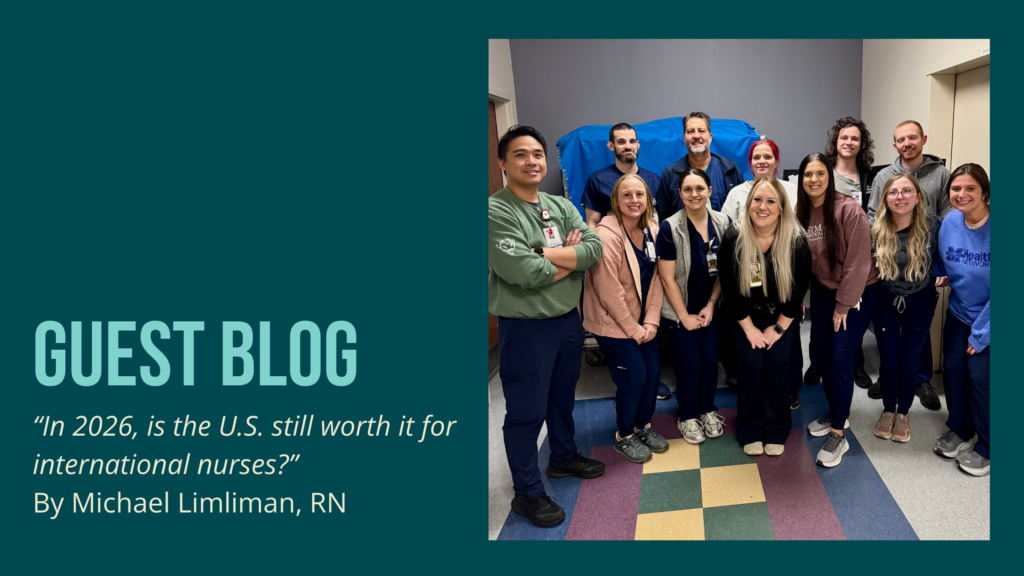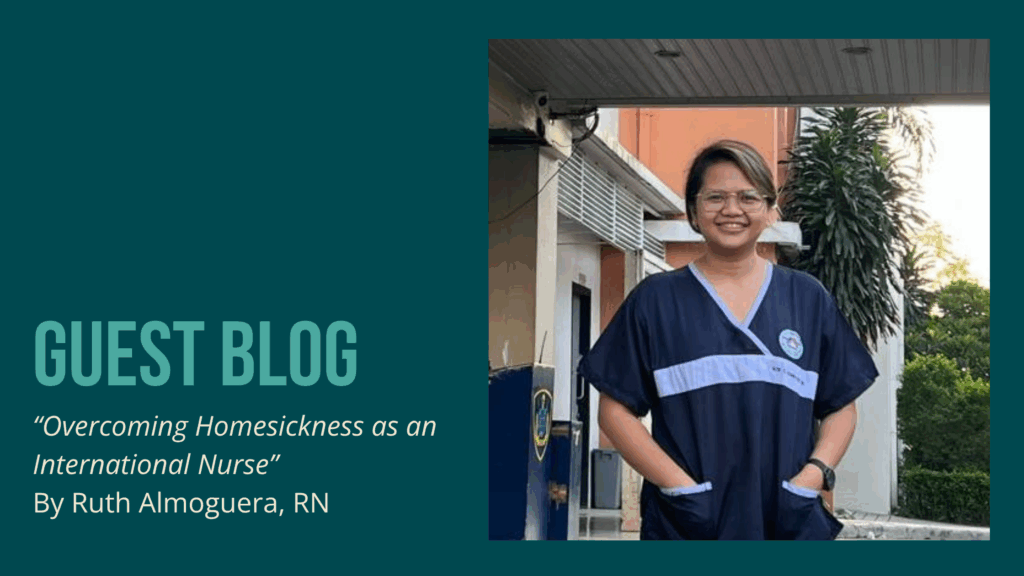Recruiting, Maintaining, and Retaining a Multigenerational Team in Healthcare
By Conexus MedStaff - Posted Aug 10, 2023

In today’s healthcare industry, organizations are faced with the challenge of building and maintaining a team that includes individuals from various generations. With many healthcare professionals planning for retirement as well as new graduates entering the workforce, it is essential for healthcare organizations to understand how to recruit, maintain, and retain a multi-generational team.
While it may seem daunting to manage multiple generations, each holds varying skillsets, education, and experience that can bring tremendous value to organizations, teams, and patients. These differences should be celebrated and viewed as a benefit to assist in recruitment, management, and retention efforts. Having a team of diverse employees, representative of all demographics and generations, can result in elevated quality of care and patient outcome, help boost engagement and productivity among teams as well as foster a culture of innovation and growth.
Why is embracing intergenerational differences necessary?
A multigenerational workforce reflects the various generations of employees that work together in the same departments, teams, and sometimes, the same roles. Currently, there are five different generations that could be found in a work environment including Traditionalist / Silent Generation, Baby Boomers, Generation X, Millennials / Generation Y, and Generation Z – each with their own unique characteristics and values shaped by the social, economic, and technological context in which they grew up. These experiences, skillsets, learnings, and traits contribute to their healthcare work setting – whether in a nursing unit or a medical laboratory – and can enhance the overall culture of the team including how employees work together and learn from each other.
Benefits of a multigenerational team
Embracing intergenerational differences among employees can bring a range of benefits to a healthcare organization.
Considerations for recruiting, maintaining and retaining multigenerational healthcare professionals
Building a multigenerational team in healthcare requires a deliberate and inclusive approach. By adopting targeted recruitment strategies, maintaining effective communication, and implementing retention initiatives, healthcare organizations can create a harmonious and productive work environment.
Recruiting
- Targeted Recruitment: To attract candidates from different generations, tailor job advertisements and recruitment strategies accordingly. Utilize various channels such as online platforms, social media, and professional networks to reach a wider pool of candidates.
- Flexible Work Options: Offering flexible work options can be an attractive perk for both older and younger generations but can also be challenging to consider in the healthcare industry. As employees in different age groups will likely have different needs or preferences, healthcare organizations can offer various shift times, part-time positions, or even potential telehealth options.
- Collaboration Opportunities: Emphasize cross-generational collaboration during the recruitment process. Highlight how your organization values diversity and promotes teamwork to attract candidates who thrive in diverse work environments.
Maintaining
- Clear Communication: Establish effective communication channels to bridge potential generation gaps. Leverage various communication tools, such as email, messaging or app platforms, and in-person opportunities across units or labs, to ensure smooth communication among team members.
- Maintain an Inclusive Culture: Foster an inclusive work environment that values and respects the contributions of each generation. Encourage open discussions, promote diversity and inclusion training, and implement mentorship programs to enhance intergenerational understanding and collaboration.
- Recognition and Rewards: Implement recognition and reward programs that acknowledge the efforts and achievements of all team members. This encourages motivation, engagement, and a sense of belonging across different generations.
Retaining
- Ongoing Training and Development: Offer continuous learning and development opportunities for all team members. By investing in their professional growth, you demonstrate your commitment to their long-term success and job satisfaction.
- Work-Life Balance: Support work-life balance initiatives to ensure the well-being of employees from all generations. Provide resources such as wellness programs, mental health reminders and employee assistance programs to help individuals balance their personal and professional lives.
- Career Advancement and Upskilling Opportunities: Create a clear career progression path within your organization. Encourage internal promotions, cross-training, and mentorship programs to give individuals opportunities to advance and grow within the organization. Providing a clear pathway for career development increases satisfaction and reduces the likelihood of employees seeking opportunities elsewhere.
Managing a multigenerational team in a nurse unit or medical laboratory can be challenging, but by celebrating and leveraging the strengths and diverse experiences and perspectives of each generation, healthcare organizations can build a strong, well-rounded workforce that positively impacts their teams and improves the quality of patient care.
If you are looking for a workforce solutions partner for your healthcare organization, click here to learn more about Conexus MedStaff.



